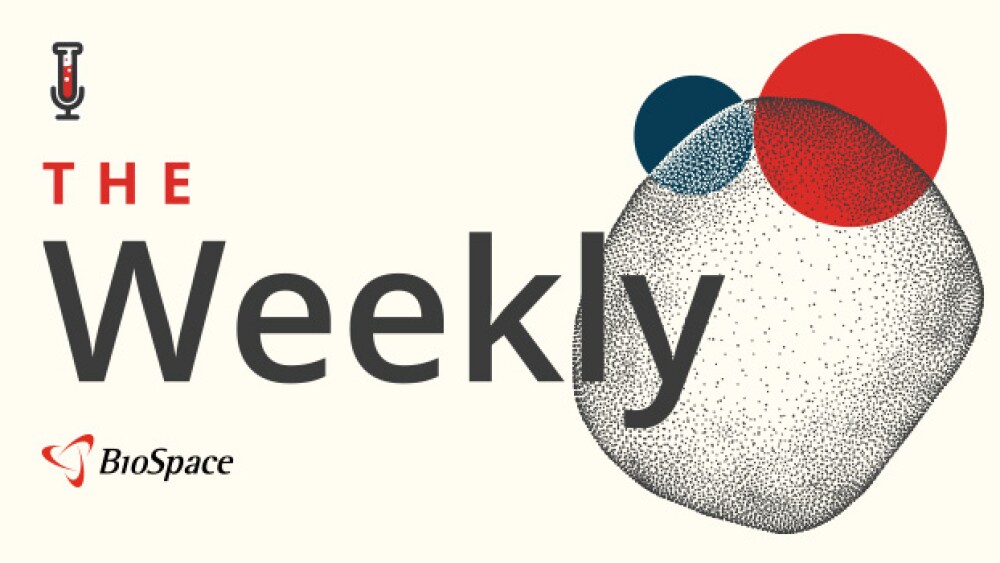THOUSAND OAKS, Calif., Dec. 18 /PRNewswire-FirstCall/ -- Amgen Inc. today announced that the Committee for Medicinal Products for Human Use (CHMP) of the European Medicines Agency (EMA) has announced a positive opinion for the marketing authorization of Prolia((TM)) (denosumab) for the treatment of osteoporosis in postmenopausal women at increased risk of fractures, and for the treatment of bone loss associated with hormone ablation in men with prostate cancer at increased risk of fractures. If approved by the European Commission, Amgen would receive marketing authorization for Prolia in all European Union (EU) Member States.
The CHMP positive opinion is based on data from six Phase 3 trials. Two Phase 3 pivotal studies with fracture endpoints in the osteoporosis and prostate cancer settings demonstrated that Prolia administered as a subcutaneous injection twice yearly (60mg) reduces the incidence of fractures. All six studies showed Prolia's ability to increase bone mineral density at all skeletal sites measured.
Prolia is also under regulatory review in the United States (U.S.), Switzerland, Australia and Canada for the treatment and prevention of postmenopausal osteoporosis and for the treatment of bone loss in patients undergoing hormone ablation therapy for breast or prostate cancer.
Given its potential to inhibit all stages of osteoclast development through a unique and targeted mechanism, denosumab is also being studied in a range of other bone loss conditions including rheumatoid arthritis, and for its potential to delay bone metastases and inhibit and treat bone destruction in patients with advanced cancer.
Osteoporotic fractures impose a significant financial burden to individuals and health services.(iv) The total direct medical cost of osteoporosis in Europe has been estimated at more than euro 36 billion annually, and is expected to increase to euro 76.7 billion in 2050 as the population ages.(v)
About Bone Loss Due to Hormone Ablation
Prostate cancer is the most common form of cancer in men in Europe and accounts for over 24 percent of cancer diagnoses.(x) It is common for prostate cancer patients to receive hormone ablation therapies that can lead to a decrease in bone mass and increased risk of fractures.
About Denosumab Collaborations
In July 2009, Amgen and GlaxoSmithKline (GSK) announced a collaboration agreement to jointly commercialize Prolia for postmenopausal osteoporosis in Europe, Australia, New Zealand and Mexico once the product is approved in these countries. Amgen will commercialize the drug for postmenopausal osteoporosis and oncology in the U.S. and Canada and for all oncology indications in Europe and in other specified markets.
Amgen and Daiichi-Sankyo Company, Limited, have a collaboration and license agreement for the development and commercialization of denosumab in Japan.
Forward-Looking Statements
This news release contains forward-looking statements that are based on management's current expectations and beliefs and are subject to a number of risks, uncertainties and assumptions that could cause actual results to differ materially from those described. All statements, other than statements of historical fact, are statements that could be deemed forward-looking statements, including estimates of revenues, operating margins, capital expenditures, cash, other financial metrics, expected legal, arbitration, political, regulatory or clinical results or practices, customer and prescriber patterns or practices, reimbursement activities and outcomes and other such estimates and results. Forward-looking statements involve significant risks and uncertainties, including those discussed below and more fully described in the Securities and Exchange Commission (SEC) reports filed by Amgen, including Amgen's most recent annual report on Form 10-K and most recent periodic reports on Form 10-Q and Form 8-K.
No forward-looking statement can be guaranteed and actual results may differ materially from those we project. Discovery or identification of new product candidates or development of new indications for existing products cannot be guaranteed and movement from concept to product is uncertain; consequently, there can be no guarantee that any particular product candidate or development of a new indication for an existing product will be successful and become a commercial product. Further, preclinical results do not guarantee safe and effective performance of product candidates in humans. The complexity of the human body cannot be perfectly, or sometimes, even adequately modeled by computer or cell culture systems or animal models. The length of time that it takes for us to complete clinical trials and obtain regulatory approval for product marketing has in the past varied and we expect similar variability in the future. We develop product candidates internally and through licensing collaborations, partnerships and joint ventures. Product candidates that are derived from relationships may be subject to disputes between the parties or may prove to be not as effective or as safe as we may have believed at the time of entering into such relationship. Also, we or others could identify safety, side effects or manufacturing problems with our products after they are on the market. Our business may be impacted by government investigations, litigation and products liability claims. We depend on third parties for a significant portion of our manufacturing capacity for the supply of certain of our current and future products and limits on supply may constrain sales of certain of our current products and product candidate development. In addition, sales of our products are affected by the reimbursement policies imposed by third-party payers, including governments, private insurance plans and managed care providers and may be affected by regulatory, clinical and guideline developments and domestic and international trends toward managed care and healthcare cost containment as well as U.S. legislation affecting pharmaceutical pricing and reimbursement. Government and others' regulations and reimbursement policies may affect the development, usage and pricing of our products. In addition, we compete with other companies with respect to some of our marketed products as well as for the discovery and development of new products. We believe that some of our newer products, product candidates or new indications for existing products, may face competition when and as they are approved and marketed. Our products may compete against products that have lower prices, established reimbursement, superior performance, are easier to administer, or that are otherwise competitive with our products. In addition, while we routinely obtain patents for our products and technology, the protection offered by our patents and patent applications may be challenged, invalidated or circumvented by our competitors and there can be no guarantee of our ability to obtain or maintain patent protection for our products or product candidates. We cannot guarantee that we will be able to produce commercially successful products or maintain the commercial success of our existing products. Our stock price may be affected by actual or perceived market opportunity, competitive position, and success or failure of our products or product candidates. Further, the discovery of significant problems with a product similar to one of our products that implicate an entire class of products could have a material adverse effect on sales of the affected products and on our business and results of operations.
(i) Cummings SR, et al. Twice Yearly Denosumab, a Monoclonal Antibody to RANK-ligand, for Prevention of Fractures in Postmenopausal Women with Osteoporosis. N Engl J Med, 2009 Aug. 20; published online at www.nejm.org on Aug. 11, 2009.
(iii) "Epidemiology." International Osteoporosis Foundation. Accessed at http://www.iofbonehealth.org/health-professionals/about-osteoporosis/epidemiology.html on 10 March 2009
(v) "Facts and statistics about osteoporosis and its impact." International Osteoporosis Foundation. Accessed at http://www.iofbonehealth.org/facts-and-statistics.html on 10 March 2009
(vii) Rossini M et al. Osteoporosis Int. 2006;17:914-921
(ix) McCombs JS et al. Maturitas 2004;48:271-287
Amgen




